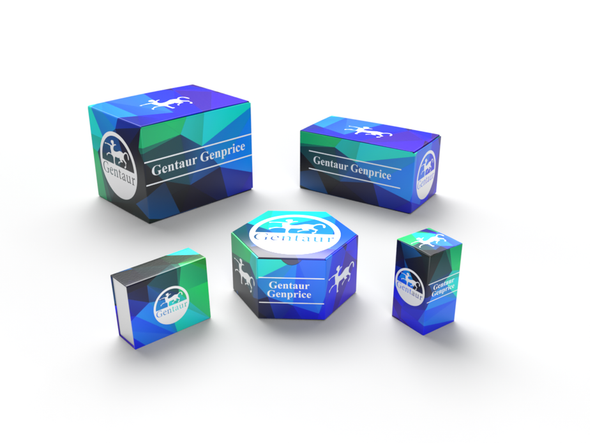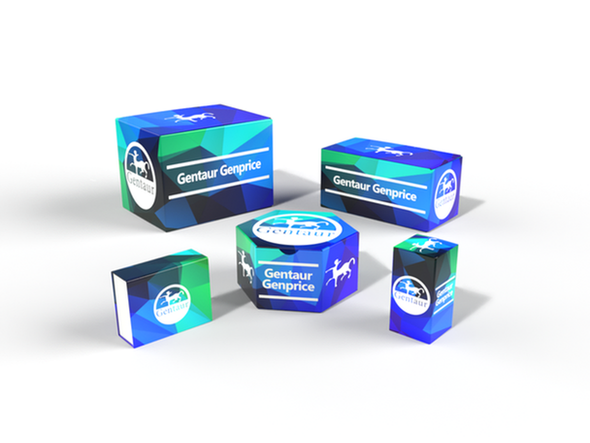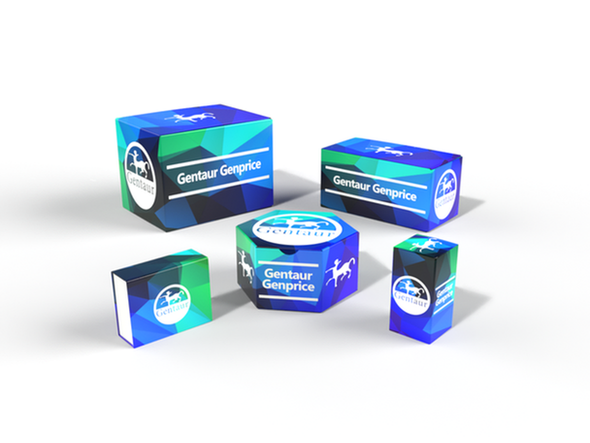740
Human ATP-binding cassette transporter A1 (ABCA1) ELISA Kit | AE23062HU
- SKU:
- 740-AE23062HU
- Availability:
- Usually ships in 5 working days
Description
Human ATP-binding cassette transporter A1 (ABCA1) ELISA Kit | AE23062HU | Gentaur UK, US & Europe Distribution
Species Reactivity: Human (Homo sapiens)
Abbreviation: ABCA1
Alternative Name: ABC-1; ABC1; CERP; FLJ14958; HDLDT1; MGC164864; MGC165011; TGD; ATP binding cassette transporter 1|ATP-binding cassette 1|ATP-binding cassette transporter A1|ATP-binding cassette; sub-family A membe
Application: ELISA
Range: 0.156-10 ng/mL
Sensitivity: 0.055 ng/mL
Intra-Assay: ≤5.2%
Inter-Assay: ≤8.8%
Recovery: 1, 02
Sample Type: Serum, Plasma, Other biological fluids
Detection Method: Sandwich
Analysis Method : Quantitive
Test Principale: This assay employs a two-site sandwich ELISA to quantitate ABCA1 in samples. An antibody specific for ABCA1 has been pre-coated onto a microplate. Standards and samples are pipetted into the wells and anyABCA1 present is bound by the immobilized antibody. After removing any unbound substances, a biotin-conjugated antibody specific for ABCA1 is added to the wells. After washing, Streptavidin conjugated Horseradish Peroxidase (HRP) is added to the wells. Following a wash to remove any unbound avidin-enzyme reagent, a substrate solution is added to the wells and color develops in proportion to the amount of ABCA1 bound in the initial step. The color development is stopped and the intensity of the color is measured.
Product Overview: ABCA1 was discovered as the mutation causing Tangier's Disease by several groups in 1998. Gerd Schmitz's group in Germany and Michael Hayden's group in British Columbia were using standard genetics techniques and DNA from family pedigrees to locate the mutation. Richard Lawn's group at CV Therapeutics in Palo Alto, CA used cDNA microarrays, which were relatively new at the time, to assess gene expression profiles from cell lines created from normal and effected individuals. They showed cell lines from patients with Tangier's disease showed differential regulation of the ABCA1 gene. Subsequent sequencing of the gene identified the mutations. This group received an award from the American Heart Association for their discovery.
Stability: The stability of ELISA kit is determined by the loss rate of activity. The loss rate of this kit is less than 5% within the expiration date under appropriate storage condition. The loss rate was determined by accelerated thermal degradation test. Keep the kit at 37°C for 4 and 7 days, and compare O.D.values of the kit kept at 37°C with that of at recommended temperature. (referring from China Biological Products Standard, which was calculated by the Arrhenius equation. For ELISA kit, 4 days storage at 37°C can be considered as 6 months at 2 - 8°C, which means 7 days at 37°C equaling 12 months at 2 - 8°C) .






